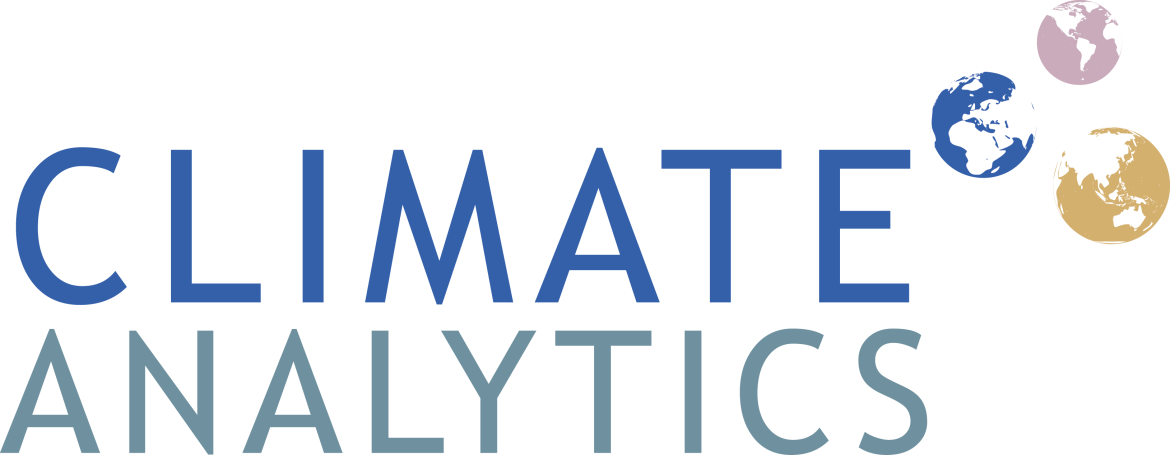By Muhammad Amaan
A new report by think tank Climate Analytics has found that $8 trillion of investment is needed for new renewables to deliver the 2030 tripling goal agreed at COP28 in Dubai late 2023.
The report also found that $4 trillion is need for grid and storage infrastructure.
By implication, $2 trillion a year, on average, is needed for investment in Africa to grow five-fold to ramp up renewables twice as fast as global average.
The report released on Tuesday said that using climate finance to mobilise $100 billion a year for the rollout in Sub-Saharan Africa, five times current investment levels, would ensure energy access for all and align the region with the global target.
“$2 trillion a year sounds like a cost, but it is really a choice. We are set to invest over $6 trillion in fossil fuels over this decade, more than enough to close the tripling investment gap.
“Faced with this choice, I would go with the safest, best value option, renewables,” said the report’s lead author and Climate Analytics expert, Dr Neil Grant.
The report calculated how fast different regions need to act to triple global renewables based on current capacities and future needs.
It said that renewables capacity in Sub-Saharan Africa needed to scale rapidly by a factor of seven (double the global average) due to historic underinvestment and energy access needs.
The Organisation for Economic Cooperation and Development (OECD) is forecasted to double its renewables by 2030, but the report said the investment needed to triple.
According to the report, accelerating action in line with this would close 60 per cent of the global gap between forecast capacity in 2030 and the tripling goal.
“The OECD needs to triple renewables but is currently way off target. Countries in the region claiming to be climate leaders need to walk the talk, not just by ramping up renewables at home, but by coming through for other regions which need finance to contribute to the tripling goal,” says Claire Fyson, co-author of the report and Head of Policy at Climate Analytics.
Asia, the report said, would need to scale slightly faster than the OECD, almost quadrupling its renewable capacity by the end of the decade.
It described the region as the only region broadly on course for the tripling goal, driven mostly by policies in China and India.
However, it said that the significant coal and gas pipelines in these countries risked stranded assets or slowing the transition.
According to the document, as renewables are set to grow strongly in the region, new fossil fuel plants are not needed and should be avoided.
“The renewables industry stands ready to deliver on the global tripling goal, but to get there in time, we need governments to take urgent actions to turbocharge an already buoyant renewables market.
“Public finance is key, especially international support to provide access to low-cost capital for emerging markets to join the renewables era, ensuring a clean, secure and just transition for all,” Bruce Douglas, CEO of the Global Renewables Alliance, said in reaction to the report.
The report said that renewables need would continue growing strongly beyond the end of 2030, scaling up five times by 2035 relative to 2022, to limit warming to 1.5°C.
As governments start to develop their 2035 targets for the next round of Nationally Determined Commitments (NDCs), the report urged them to consider how to follow through on the tripling ambition collectively agreed at COP28.




